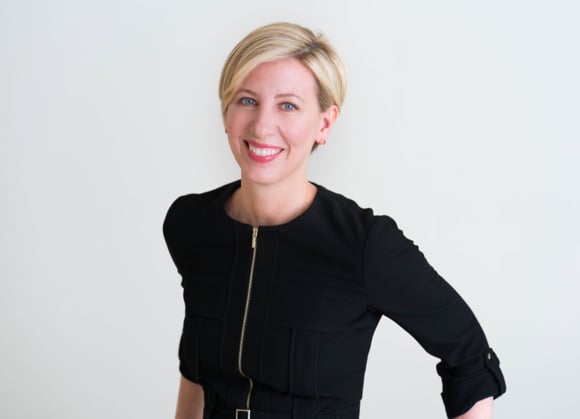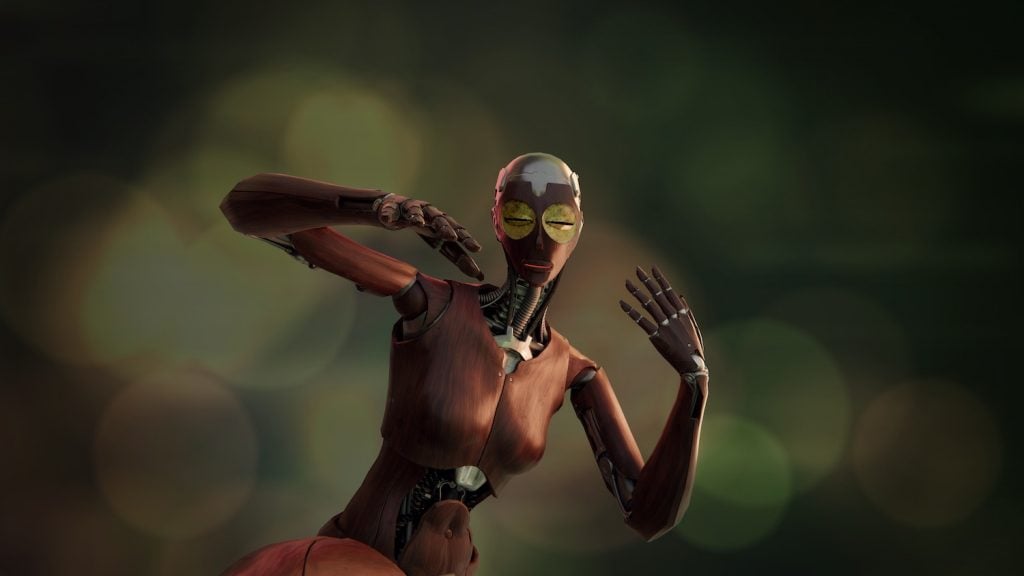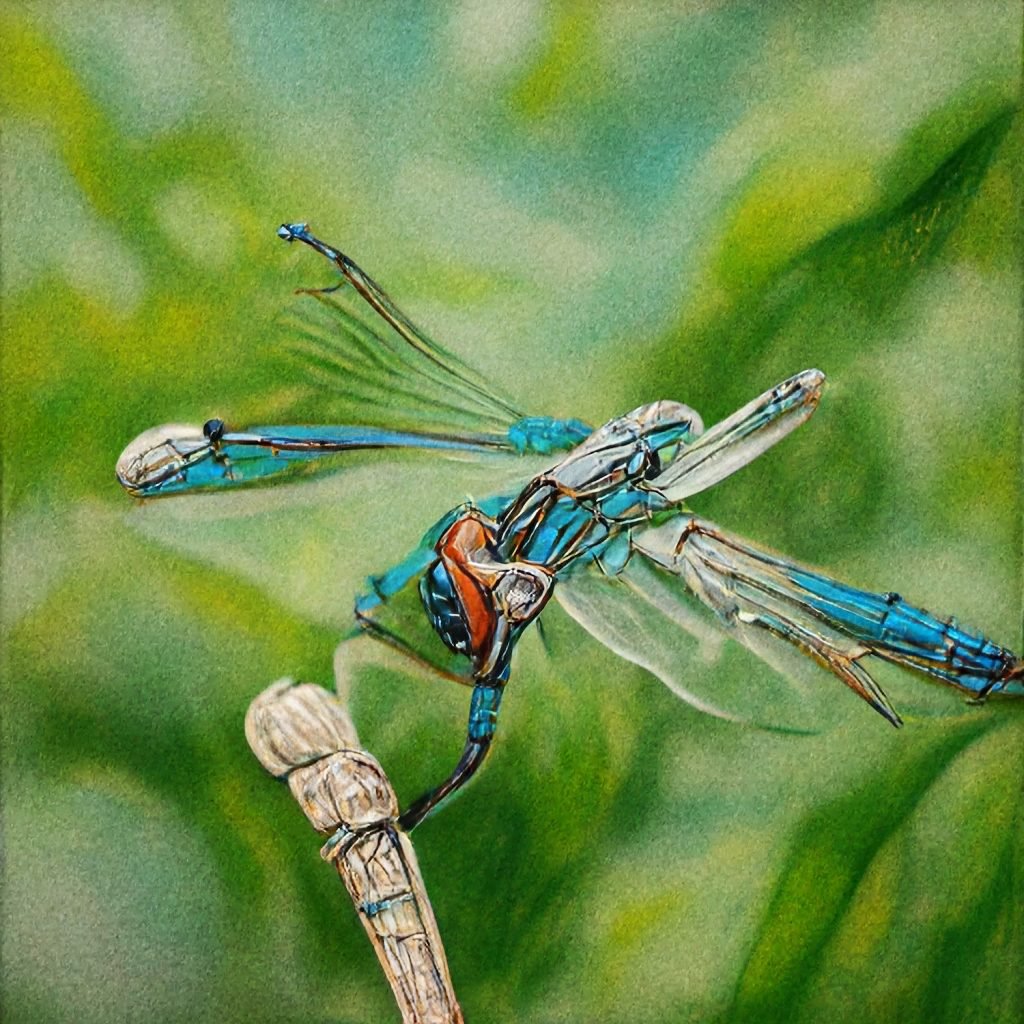Art & Tech
As Part of Its Rebrand, Meta Is Launching an Expanded Art Program and Teaming Up With the New Museum and Other Top Institutions
The company says it sees artists as "hackers."

The company says it sees artists as "hackers."

Eileen Kinsella

Meta Open Arts, formerly known as Facebook Open Arts, is set to make a splash during Frieze L.A. as it announces a slate of new partnerships.
Among its collaborators are the new Institute of Contemporary Art (ICA) San Francisco, the New Museum’s New Inc. cultural incubator in New York, and the Park Avenue Armory’s presentation of Rashaad Newsome’s Assembly, and the Pavilion of the African Diaspora.
Leading the charge is Tina Vaz, head of Meta Open Arts since 2019, and the former deputy director of global communications at the Guggenheim Museum.
“It’s work that we have been building over several years,” Vaz told Artnet News, calling the moment something of an inflection point in the meeting between art and technology.
“We’ve been working with artists for more than 10 years both on the commissioning side, and looking at different kinds of residencies including ones inside of Meta.”

Rashaad Newsome, Being 2.0 Image courtesy Rashaad Newsome and Meta Open Arts.
Open Arts was initially founded as a residency program at Facebook. Artists were commissioned to create work along with employees on site at the company’s headquarters, giving Facebook workers insight into the artistic process.
“We also commission artists in collaboration with product teams to work inside the apps themselves, including Facebook, Instagram, Messenger, and WhatsApp,” Vaz said. “We’ve commissioned artists to create work that people can experience and access through the apps themselves.”
In one example, the company commissioned artists to create 360-degree backgrounds for video calls on the Messenger app, and to create special designs for occasions such as Día de los Muertos and Native American Heritage Month. Since the program’s inception, the company has worked with more than 1,000 artists and designers.
“When we approach partnerships, we are always looking for opportunities where we can be additive to an artist’s work,” she said. “Everything that we do is art- and artist-forward, which is to say this is not technology in search of an application. It’s really looking for artists who are exploring tech in interesting ways.
“We think about artists as hackers really, who are unafraid to see a problem, take it apart, and look at different ways to put it back together. So alignment there is very much in the spirit of Meta.”

Sofia Crespo, critically extant.Image courtesy the artist.
The Meta Open Arts team includes around 25 full-time employees and about 25 contractors, including curators, designers, arts educators, program managers, and producers. The partnerships are wide-ranging, and include a six-month residency for artists at Meta and digital exhibitions with artists such as Sofia Crespo.
In terms of budgeting, Vaz said the process was fluid.
“What usually happens is we start a conversation and we may or may not have a budget in mind, but it’s kind of an iterative process. We sort of figure out what does this initiative need and does that align with our goals and our budget how can we show up meaningfully.”